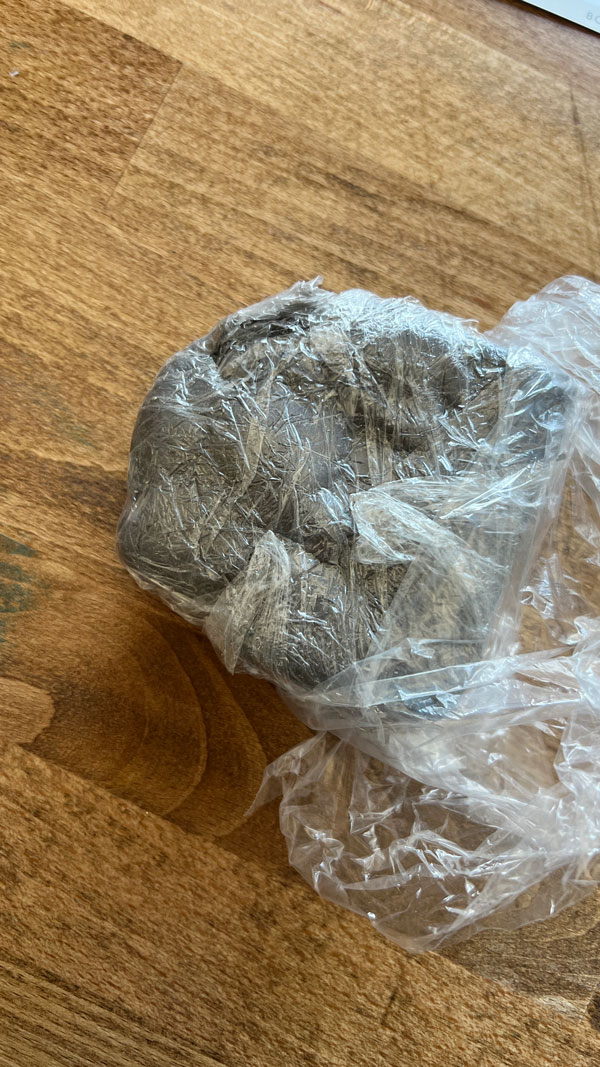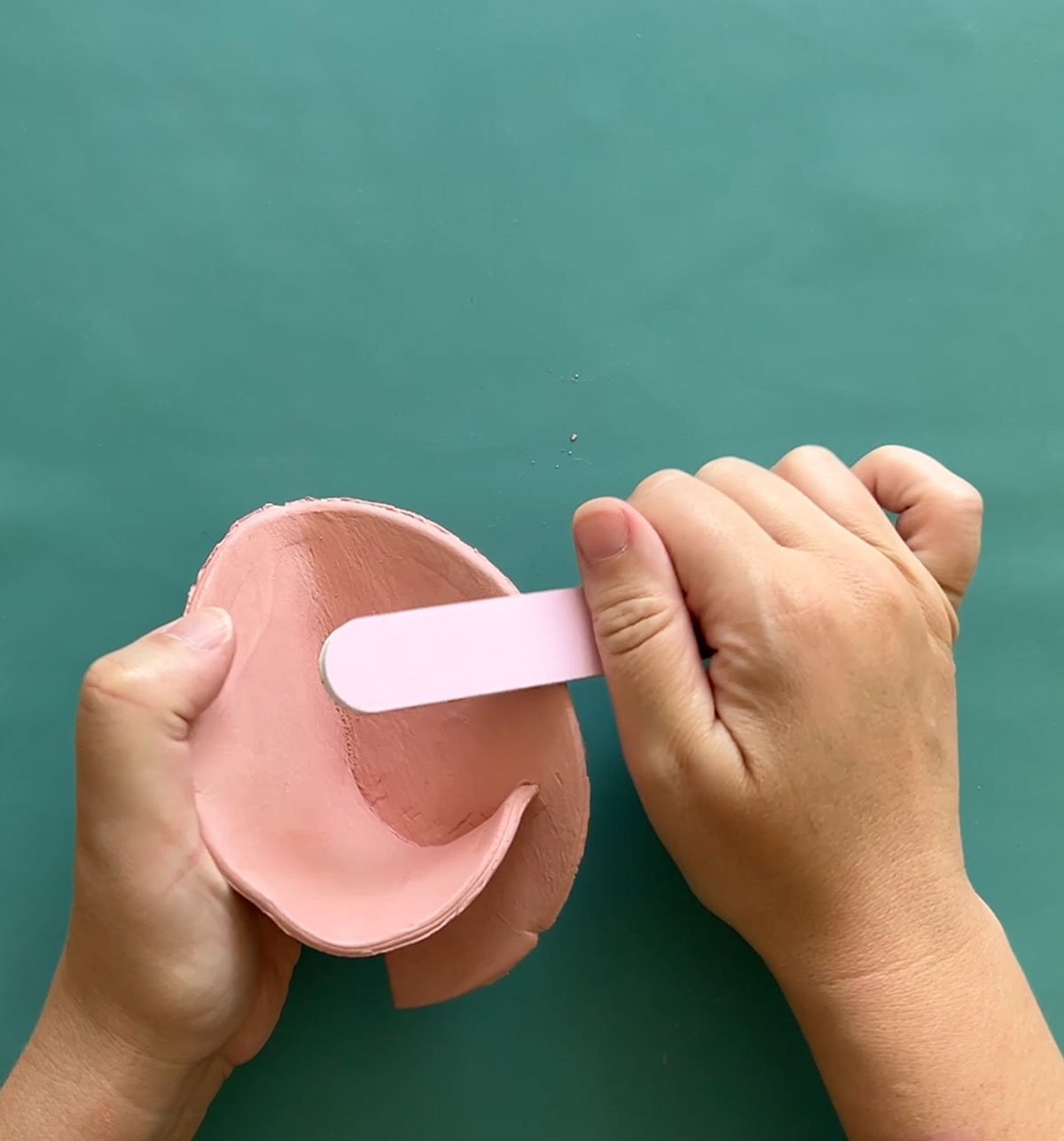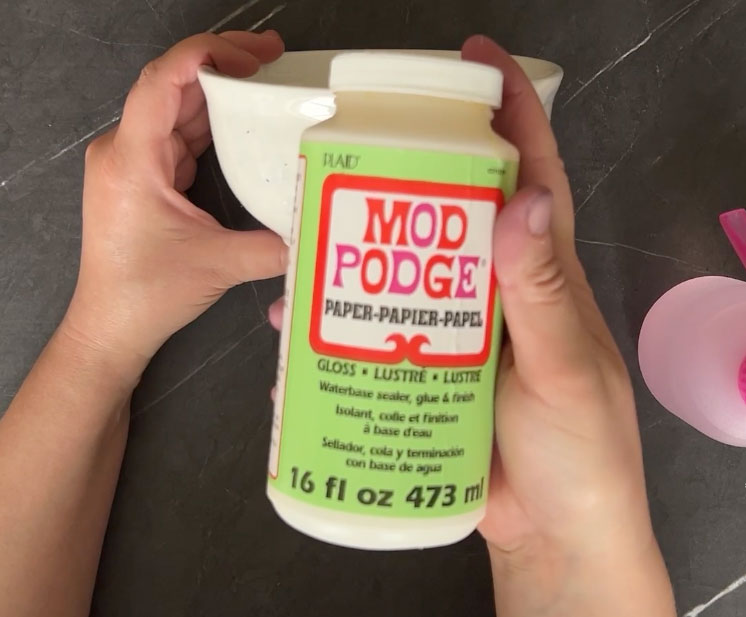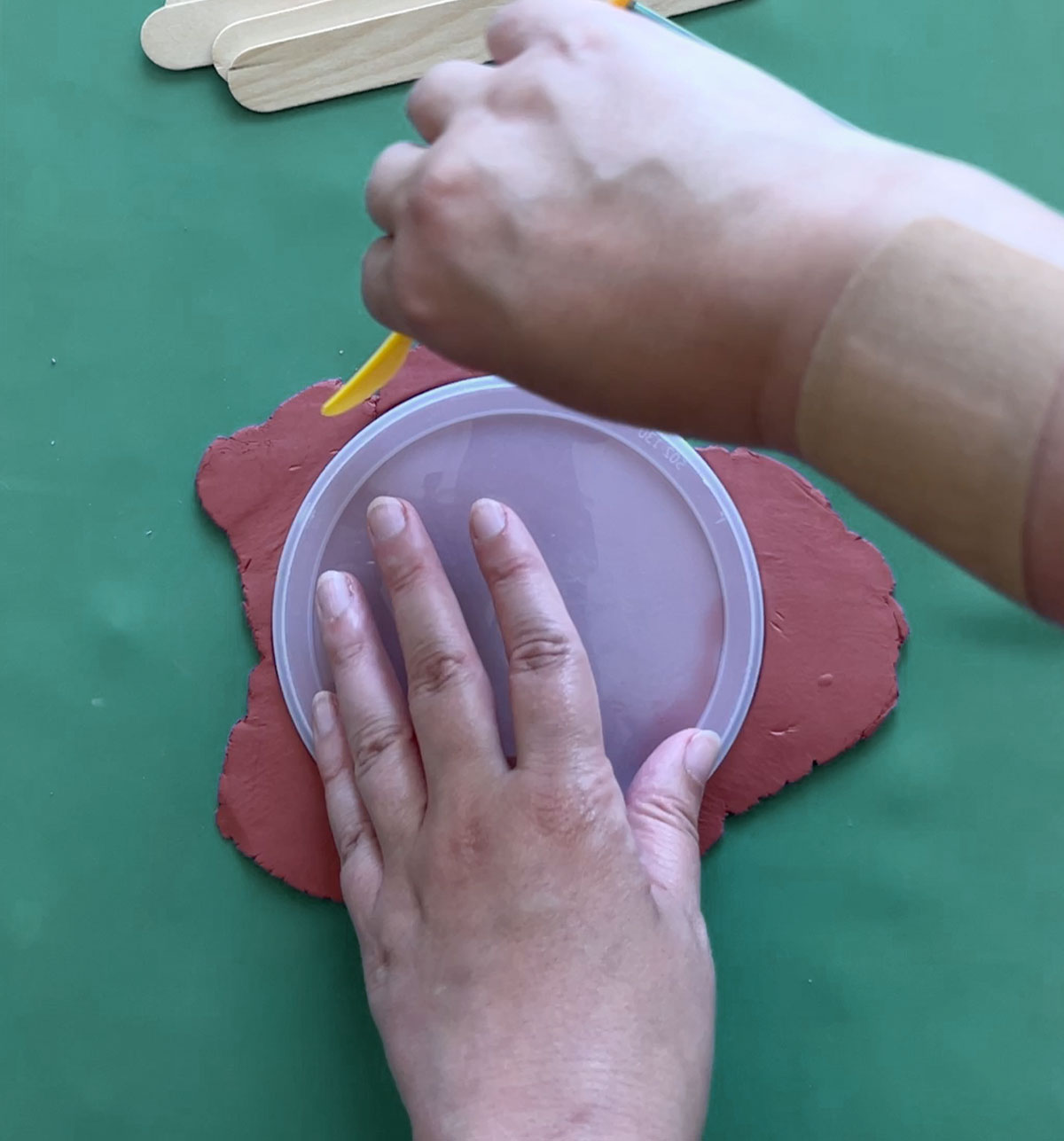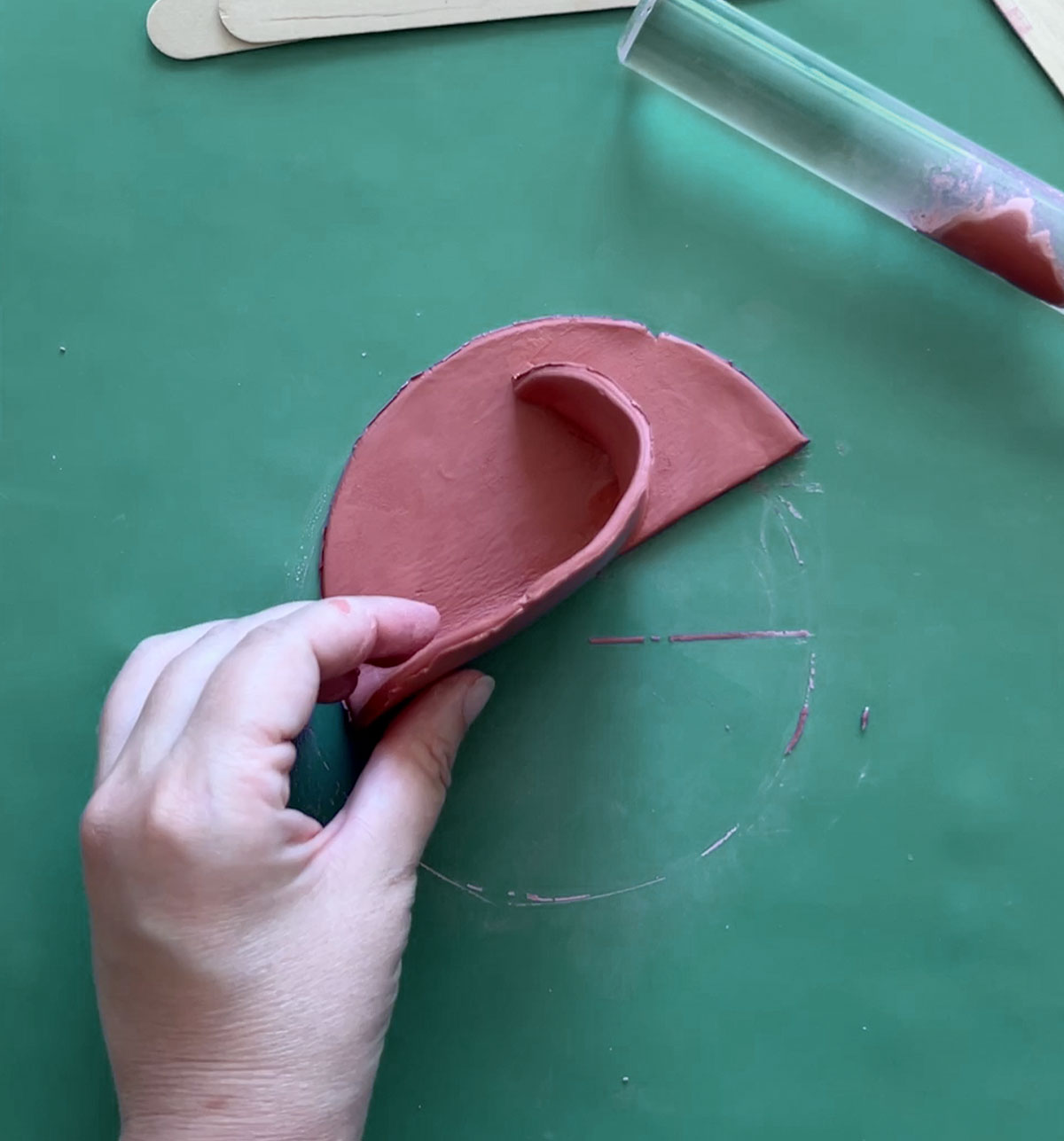What Can You Put on Air Dry Clay To Make It Shiny?
Air-dried clay is an excellent sculpting medium for beginners. The clay is easy to work with and doesn’t require the use of an expensive kiln to finish projects. You can even seal your sculptures to create a beautiful, glossy shine.
You can make air dry clay shiny with epoxy resin, clear spray paint, Mod Podge, or a high-gloss clay varnish. Each of these finishes adds an extra layer of durability and produces a lustrous, glossy sheen.
In this article, I’ll talk about air dry and earthen clays to explain why you can’t use traditional glaze on both. Then, I’ll detail how to paint and finish air-dry clay projects to create a beautiful, glossy finish. Read on to learn more.
Finishing Air Dry Clay vs. Kiln-Fired Clay
Air-dried clay differs from earthen clays (i.e., stoneware, ceramic, porcelain, etc.), as the latter requires heat to harden. When exposed to air, air-hardening clays begin to dry; they cannot survive the high heat of a kiln. Because of this, you’ll have to explore different ways to add shine to air-hardening clay projects — but fortunately, many products are available to do just that!
Technically, you don’t even have to paint or seal air-dry clay! However, many makers prefer painting and sealing to add vibrancy and shine to their projects.
How To Paint and Add a Gloss Finish to Air Dry Clay
Once you’ve created a sculpture with air-hardening clay, set it on a raised screen or cookie rack to provide even airflow on all sides (this reduces cracking). Allow it to dry completely before adding paint or sealant.
How Long Does Air Dry Clay Take to Dry?
Air-dry clay takes at least 24 hours to dry but may take up to a week for thicker, larger projects. The clay begins to lighten as the water evaporates, and the surface becomes more porous. Environmental conditions may affect the dry time. In humid environments, projects may take longer to dry.
Painting Air-Dry Clay
Once completely dry, you can paint the air-dry clay project. I recommend acrylic paint, though tempera works as well. You can also use markers or pens to add intricate details. Avoid using watercolor paints, as they tend to reactivate the clay, making it sticky. This can significantly prolong the drying time between coats of paint and may alter the look of your project.
Allow the paint to dry between coats. Once you’ve finished painting the clay, set it aside to dry, preferably overnight. After your project is completely dry, you can seal it to provide a glossy sheen.
Products To Make Air-Dried Clay Glossy
To add a dazzling sparkle to your project, I recommend using one of the following finishing products. These products add an extra layer of durability and give your sculpture a brilliant polished look.
Epoxy Resin
Epoxy resin is a thermosetting polymer that provides water and chemical resistance, as well as a radiant shine. I recommend Art ‘N Glow Clear Casting and Coating Epoxy Resin, available on Amazon. This self-leveling resin dries crystal clear and resists yellowing from sun exposure.
To use epoxy resin on your air-hardening clay projects, follow these instructions:
- Mix the resin with hardener, following the instructions on the product label.
- Pour the resin over the clay project, or brush it on with a paintbrush.
- Touch up any missed areas using a fine-tipped brush.
- Allow the resin to dry. Most resins dry within 24 hours, but some require UV-curing, so check the instructions on the product before use.
Clear Spray Paint
Clear spray paint is an easy method for adding a high-gloss finish to your clay sculpture. Choose a paint that’s safe for clay or plaster projects. I recommend using Krylon Triple-Thick Clear Glaze Aerosol Spray, available on Amazon. This spray paint strengthens the clay and creates a glassy finish.
Here’s how to use clear spray paint on your clay project:
- Start with the bottom of the sculpture, spraying a thin layer of paint. Allow it to dry.
- Add a second coat to the bottom of the sculpture, if needed.
- Flip the project over once dry, and add a thin layer of spray paint to the entire piece.
- Let the paint dry before adding additional layers, if necessary.
Mod Podge
Mod Podge seals and protects your projects, and it’s super easy to clean. As such, it’s ideal for finishing kids’ air-dried clay projects.
The product comes in three primary finishes, including:
- Gloss
- Matte
- Satin
Gloss produces the highest shine, whereas matte produces a flat finish. Satin offers a semi-gloss finish that’s somewhere between glossy and matte.
I recommend Mod Podge Gloss (available on Amazon) for the best shine. The product dries within an hour and creates a durable, lustrous finish.
Here’s how to use Mod Podge to seal your air-dry clay projects:
- Brush a thin layer of Mod Podge onto the sculpture.
- Use a fine-tipped brush to get any cracks and crevices.
- Allow each layer to dry for at least 30 minutes before adding another layer.
- Let the project dry completely.
Gloss Varnish for Clay
In addition to resin, spray paint, and Mod Podge, there are specially designed products explicitly made for finishing air dry clay with a high gloss. One of my favorite products is the Mont Marte Clay Varnish Gloss, available on Amazon.
This gloss works beautifully with air-hardening clay and dries to a transparent, high-gloss finish. It seals and protects the project and is applied easily with a brush.
- Apply the varnish in thin layers using a Taklon brush.
- Allow 30 minutes of dry time between each application.
- Let the project dry thoroughly.
Do You Have To Seal Air Dry Clay?
You don’t have to seal air dry clay. If sanded and adequately polished, you can easily create a dazzling, shiny finish (though it won’t be as glossy as sealants). When using mixed media (i.e., mica powder, etc.), you’ll need a sealant to protect the project’s surface and prevent scratches.
Conclusion
Air dry clay is a simple sculpting medium with multiple benefits. Though it can’t be kiln-fired, you can still create a radiant, high-gloss surface using sealants, including epoxy resin, clear spray paint, Mod Podge, or a clay varnish.

